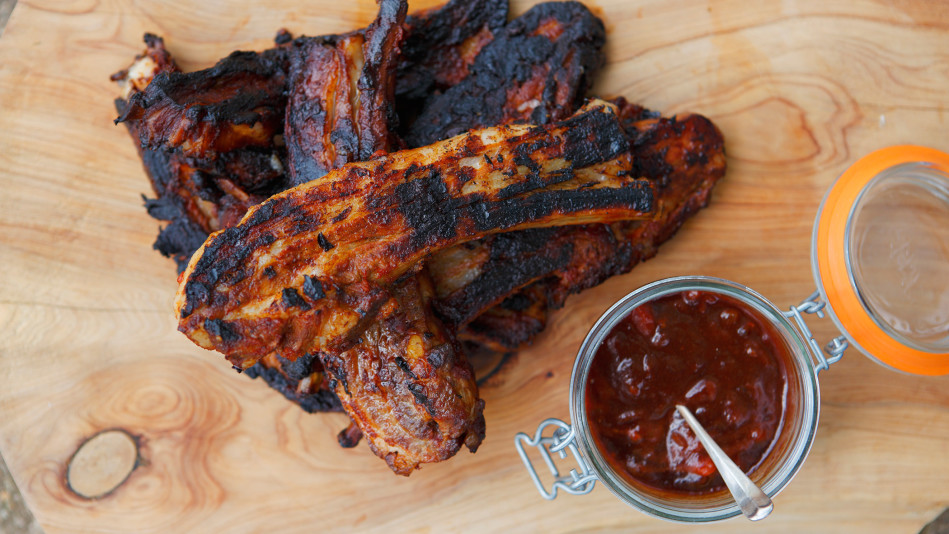3 Ways to Salvage a Burnt Meal
You already know that you can scrape off the blackened bits of toast; now, learn how to rescue soup, chicken, cookies and more.

Photo: John Carey/Photolibrary/Getty Images
The Soup You Forgot About
It's easy to take soup from simmering to smoldering; Candy Argondizza, vice president of culinary and pastry arts at the International Culinary Center, sees it happen all the time. If the heat is too high and you walk away for a few minutes without stirring the pot, the solids—usually chunks of vegetables, but also possibly meat—can fall to the bottom and burn. If this has happened, here's what not to do: scrape up whatever burnt foods have stuck to the bottom; they'll just help spread the burnt flavor throughout the dish. Instead, turn off the heat and carefully ladle as much soup as you can into another vessel, avoiding any that may have adhered to the pot itself. Then, assess: if what you're left with still tastes charred, you might be able to offset the bitterness by adding a bit of honey, sugar or even caramelized onions. (Note: the lift-out-what-you-can strategy also works for rice and chili.)
The Protein You Cooked with an Overzealous Flame
The first thing to remember when you think you may have overcooked the outside of a steak or chicken breast is that a little char can be fine, says Bruce Mattel, associate dean of food production at The Culinary Institute of America. The scientific term for this is "Maillard reaction," and it's what gives the meat a brownish color and flavor. If you've gone too far, though, and it's black all the way to the edges, Argondizza recommends taking the protein off the heat, cutting away the overly crisped exterior and continuing to cook it at a lower temperature (if the meat isn't already done).
The Baked Goods That Are Just a Little Too Crispy
By now you're realizing that even pros are not above scraping off any charred pieces of food and trying to work with what's left. That can be tricky with baked goods, though, particularly cookies, which often aren't very big to begin with. We love the box-grater trick, which also works with overdone muffin bottoms. If you're baking a cake or pie and realize the top is starting to darken but the bottom or inside isn't done, use store-bought crust shields, or make your own out of tin foil, to loosely cover the area that's burning. (And remember that one expert says it's better to have a pie that's a little toasty on top versus one that looks pale.)



